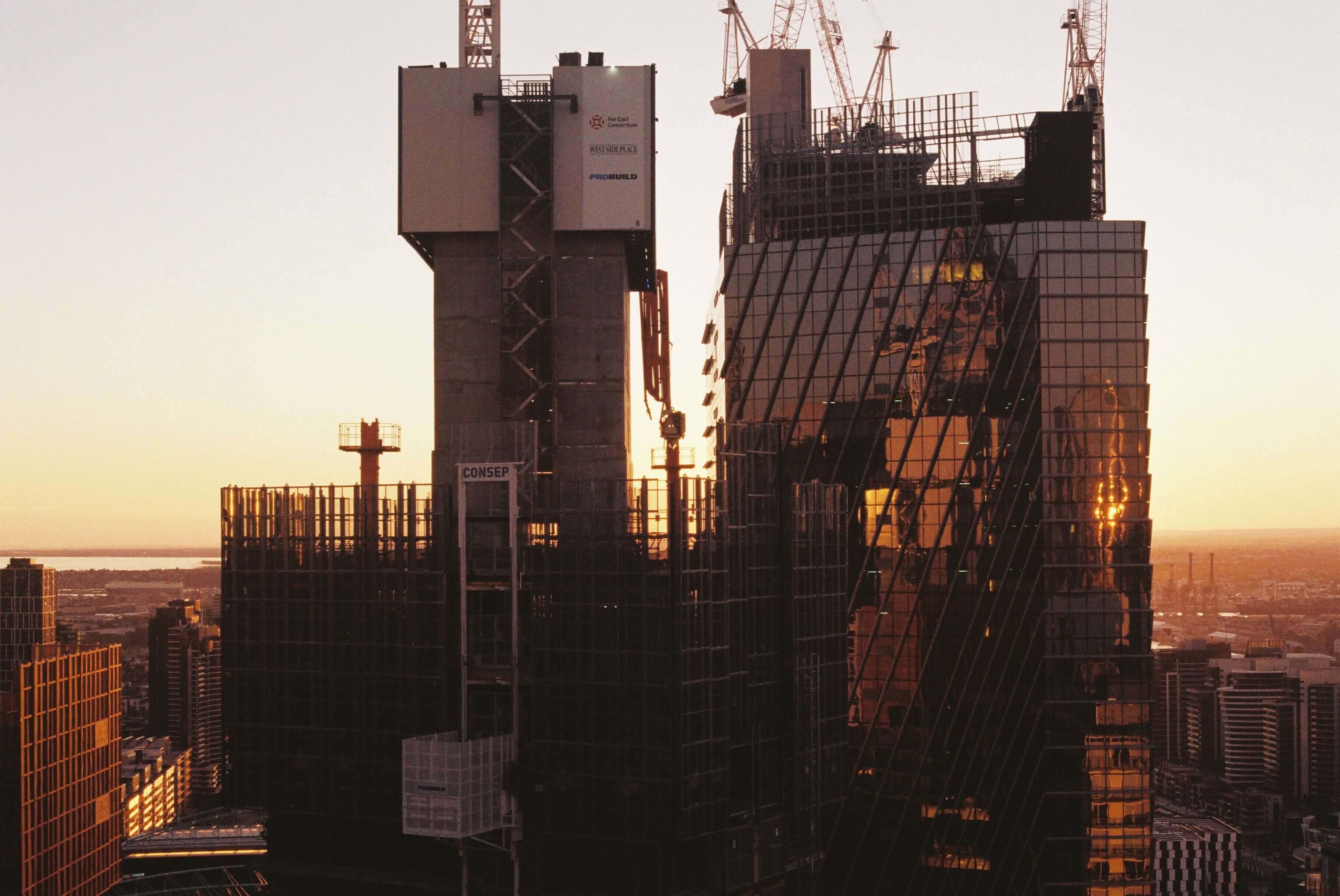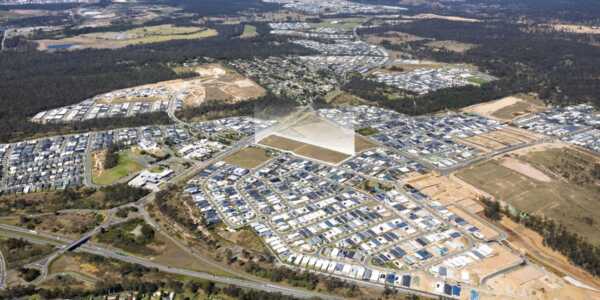During Covid the most overused word was “unprecedented”, and I took a visceral dislike to seeing it appear in every commentary piece. I cringe at the title I have given this article but how else do I describe a set of challenges that I have not seen coalesce in my 68 years on the planet and certainly in my decades in the property/construction/finance sectors. I will let you the reader determine whether the term is valid.
I doubt there is a fundable “residential” feasibility in 2023. In this article my focus will be Victorian residential. In future articles I will address the commercial sectors including BTR, hospitality, offices, mixed use, retail, and alternates such as lifestyle communities, childcare, aged and health offerings.
My definition of a fundable feasibility was historically one that shows an IRR of 20% plus. In fairness a 15% plus IRR is not bad and many developers are proposing projects on that projection. The 2023 challenge is that investors can get a double-digit return lending funds on first mortgage through numerous respected non-bank lenders with relatively less risk. Do a few more percentage points warrant the risk and stress of “development”?
Examining the elements of a feasibility is the best way I know to illustrate the challenges of development in 2023.
Let’s start at the top – Revenue.
It is now accepted that to address the items I will classify as development expenses, revenues on residential developments in Victoria need to and are increasing by a minimum of 25%. There will be variations between product but an apartment block in the CBD/Southbank area that in 2020 stacked up at an average of $10,000 a square metre, in 2023 needs to average $13,000 a square metre, many would say $15,000 a square metre. So, a two-bedroom 80 square metre apartment that was priced at $800,000 will be $1,040,000 - $1,200,000. Stamp duty and GST will of course be on the higher amount – so much for affordable housing. The same revenue jump is required in suburban and greenfield developments. A further challenge is that Planning often requires active frontages, leading to out of place convenience stores or commercial outlets, and parking ratios that require basement construction. Very rarely do these spaces generate positive revenue.
Development costs.
- Land
The collapse of land prices has been predicted every couple of years for as long as I can remember. It just does not happen. In any event in Victoria the land component of your feasibility will only be 15% - 25% (around 30% in NSW) of the development cost. This has not varied in 2023, but holding costs have, especially if you are unfortunate enough to be a foreign investor. Land Taxes, duties, levies and planning imposts in 2023 are hefty. Valuers who value on past comparables, not future development offerings, and funders who work on acquisition price as opposed to the uplifted value created by development skills exacerbate the 2023 challenges. I am bemused by the current confusion as to how best to exploit a site. Historically location and demand determined usage but today since very little is certain and offices are on the nose the debate between, build to sell, build to rent, create a hospitality offering, find an alternate usage like a medical centre quite often leads to paralysis.
- Construction
About 1600 financial collapses in this sector is a 2023 challenge by anyone’s reckoning. Supply restraints and cost escalations while stabilising is not over. Union influence is just beginning to flare, with Labour Governments beholden to Unions omnipresent. It is a given construction costs have gone up around 30% in the last 24 months, but the bigger issue is that a broken model is not being addressed. Fixed price contracts, novation, design and construct contracts are all flawed models which require reform, but there is no will so there is no way. 2023 has seen more early works collaboration between developers and builders, a small green shoot. Builders need more realistic margins which they can best achieve by becoming developers and rejecting third party work. This option is only available for builders with strong balance sheets and appropriate cash flow management processes. So, developers choose their builder with trepidation and funders insist on conditions and contingencies which truly challenge feasibilities.
- Finance
Finance costs have doubled or tripled in 2023. Even the best of developers are finding it harder to get acceptable bank finance and equity investment has never been more difficult to attract. Mezzanine or stretch preferred debt has blossomed leading to blended finance costs of anywhere between 9% - 15%. International funders have arrived, but they too demand commercial returns. The alternate funders are rejecting many applications as they too assume a conservative risk profile and can now pick and choose which developers and projects they are comfortable to support. The proliferation of internal funding models developers are creating highlights the challenge of third party funding. Similarly funding partnerships between finance providers and select developers are a consistent 2023 conversation.
- Other
Professional Fees, marketing costs and commissions, have increased largely because they are calculated as percentages of construction costs or sale prices. Insurances have skyrocketed for multiple reasons and holding costs and statutory and Council fees have soared because the property industry is the main source of severely challenged Government and Council funding.
I am indebted to Andrew Clugston, a partner at Pitcher Partners, for highlighting a quiet trend that is emerging. Developers such as Beulah, UEM Sunrise and OSK are pushing forward with their residential (mixed use) projects. Clearly these groups have access to funding sources and held sites for several years. UEM Sunrise pivoted its site from Build to Sell to Build to Rent and contracted a fund through with Greystar. How developers pivot to achieve feasibility is worthy of an article by itself. Asian developers may accept lower IRRs, but rest assured Australian developers such as Gurner and Mirvac are monitoring and will launch projects strategically. They are innovative and have unique capacities. They will find ways to progress their projects when they deem the timing to be right.
We have a massive under supply of residential stock and voracious demand illustrated by rentals which have increased 15%- 20% in 2023. The evolution of the BTR sector, which warrants a separate article, further substantiates demand. Interesting to note that despite this demand and rental hike investors are trying to divest their holdings due to Land Tax, energy, insurances, and interest cost increases. Those investors that were hedging are now spooked by threats such as capped rentals (likely) and removal of negative gearing (less likely). Owner occupiers that can afford to pay the new revenue paradigm will be supplied as lots of developers are targeting them, but “affordable” housing will only happen with planning reform and government funding.
The positive I can guarantee is that population growth both organic and via migration, added to the inherent attractions of Australia and Victoria assures demand for residential product indefinitely. The supply equation requires planning reform which is coming, and building and financing options which are currently opaque. There is no more creative community than the residential property eco-system so I remain optimistic. ESG, technology such as Ai and density will all be part of the solution – the journey will be challenging and for the capitalised and creative, no doubt rewarding.
Benni Aroni is Client Director - Property at Pitcher Partners.










